Every traveller preparing to conquer high-altitude mountains should prepare for changes in the environment. Altitude sickness can affect each and every one of us, and it’s important to know how it affects our body. It’s necessary to understand how our body works and how to deal with the changes in pressure and the amount of oxygen we inhale. We wrote this article based on our own experiences during our visit to Peru and Bolivia. Read more and learn how to deal with altitude sickness.
It’s important to understand what is happening to our body when climbing to high altitudes. The atmospheric pressure and the partial pressure of oxygen decrease with increasing altitude. So, the human body actually receives less oxygen than usual with every breath. At the same time, the humidity in the air decreases, which can be a very unpleasant phenomenon and is called high altitude sickness. Our body reacts to oxygen deficiency by breathing faster and deeper, and if this condition persists, some chemical changes can gradually occur. The process of adapting can take up to several weeks. In general, it is necessary to gradually acclimate to an altitude above 2,500 meters (8,200 feet) above sea level. This is especially true for an altitude of up to 5,500 meters (18,000 feet) because at this altitude, breathing is accelerated even in a resting state, and the body may become damaged during a longer stay.
Peruvian Andes are the most beautiful mountains – our hike to the top of the Rainbow Mountains
During your ascent to higher altitudes, definitely don’t forget to replenish fluids often. The body doesn’t let you know when it’s thirsty; you will have to actually force yourself to drink much more. The symptoms of wrong acclimatization are excessive urination, insomnia and breathlessness when doing easy-to-do tasks. You might also notice your lips going slightly blue or getting a tingling sensation in your fingers and limbs. And, of course, another accompanying phenomenon is increased tiredness. All of these symptoms mean that the body is trying to get used to the changes in the high altitude environment.
1. Gradual ascent is the best way how to deal with altitude sickness
The most important thing is not to underestimate the eventual acclimatization when travelling to high altitudes. It’s important to listen to your own body and to watch for any signs of oxygen deficiency. Everyone responds to high-altitude mountain climbing differently, but generally, everything depends on the capacity of the lungs. The larger the lungs, the easier the climb should be. Keep in mind that from 3,000 meters above sea level, you should only ascend 300 – 500 meters a day, and after every 1,000 meters, take a day off to rest. It’s important to take altitude sickness seriously and underestimating it may have very serious consequences. At the same time, it’s not necessary to worry needlessly; if you behave responsibly, your body will automatically handle all the changes in the conditions.
2. Chewing coca (only in Peru and Bolivia)
The same coca leaves that have been chewed by old Incas are still chewed today. The leaves of a coca plant undisputedly belong to the culture of the South American Indians. Coca is legal only in Peru, Bolivia and some parts of Argentina. It is a natural analgesic, removing the feeling of fatigue, inducing a pleasant mental state and helps to better oxygenate the blood. The Indians chew coca leaves especially when doing demanding physical work, and it is also often recommended to get rid of altitude sickness. But don’t expect miracles. Its effects are not very noticeable. Yet chewing coca leaves is recommended during a difficult trek to high-altitude sites – read more about our hard hike to 5,100 meters on top of Rainbow Mountains. People who do not like the taste of the bitter leaves may use them to make tea or add them to their drinking water. Coca may also be used as a spice for your meals. One of our tips for altitude sickness was to put a few coca leaves into a bottle of water and leave it there overnight.
How to chew coca correctly? Every tourist that encounters coca leaves for the first time simply sticks them in their mouth and chews as hard as they can. Unfortunately, it’s not that simple. We also had to learn how to do it properly. Not many people know that local Indians use bicarbonate of soda to activate an effective stimulant in coca leaves. They add it to their mouth with the leaves. They remove the stem from each leaf too. Then they chew it lightly and put the leaves in the inside of their cheek. The edible soda used by the Indians has a slightly sweet taste and releases the sweet juice from the leaves. In that sense, coca isn’t really chewed but rather “sucked on.”
3. Diet and sufficient hydration
During the climb, it’s important to consume food with a high content of carbohydrates, mainly sugars. In addition to pure water, it’s ideal to take one sweet drink to give you a boost. The perfect food is chocolate, which has high sugar volume, and it will give you some much-needed energy. Make sure you avoid any alcohol, which would only worsen your symptoms. Without exception! Staying hydrated is very important, so make sure you watch your fluid intake! Your body will not really tell you that it’s thirsty at high altitudes, so it’s necessary to count and force yourself to drink. Believe us, excessive urination is fine and is related to how the body adapts to high altitude and the changes in pressure and oxygen density around you.
↓ Find a tour in Peru or Bolivia today and book it online! ↓
4. Sorojchi pills against altitude sickness
This is the best and most effective way to get rid of altitude sickness. These pills can be purchased very easily in both Peru and Bolivia in any pharmacy. They are very similar to regular aspirin, so don’t worry about taking them. They primarily contain caffeine and acetylsalicylic acid, which helps to dilute blood. This helps the body stay oxidized and adapt better to the environment. The pills should be taken about 8 hours before the planned climb and then every 8 hours. As far as the dosage is concerned, we left it to our subjective feelings. These drugs are the best-guaranteed method on how to get rid of altitude sickness.
However, if you’re staying at a place where these pills are not available, try using the above-mentioned aspirin, which is very similar. It should do just fine as well.
5. Oxygen inhalation
Bottled oxygen should be available in Peru or Bolivia in every pharmacy and is called OxyShot. However, a dose of pure oxygen is necessary only when a person is truly about to faint. If you follow our instructions above, this situation should not happen at all. Don’t count on supplemental oxygen helping you during your climb. We only had oxygen with us on our hike for the worst-case scenario – someone feeling extreme symptoms of altitude sickness. Anyway, bear in mind it helps you deal with altitude sickness for only a short time. Fortunately, nothing like that happened. If you don’t underestimate your trip to high altitudes, you shouldn’t need it at all.
Liked this post? PIN IT FOR LATER!!
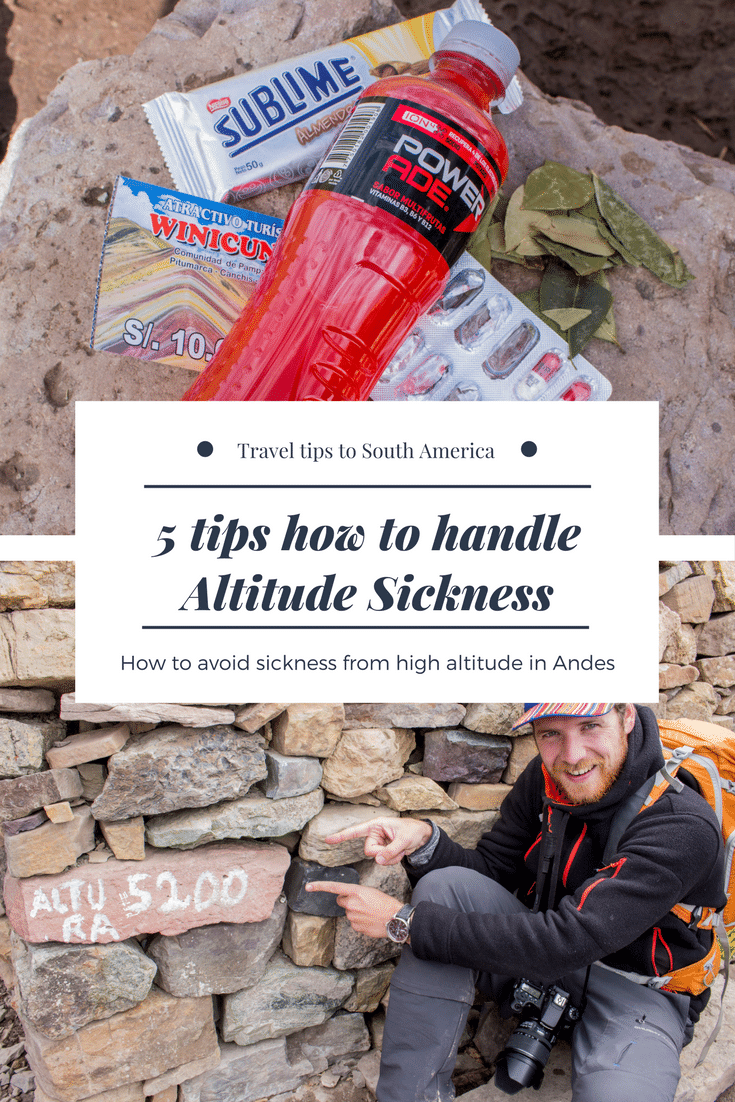

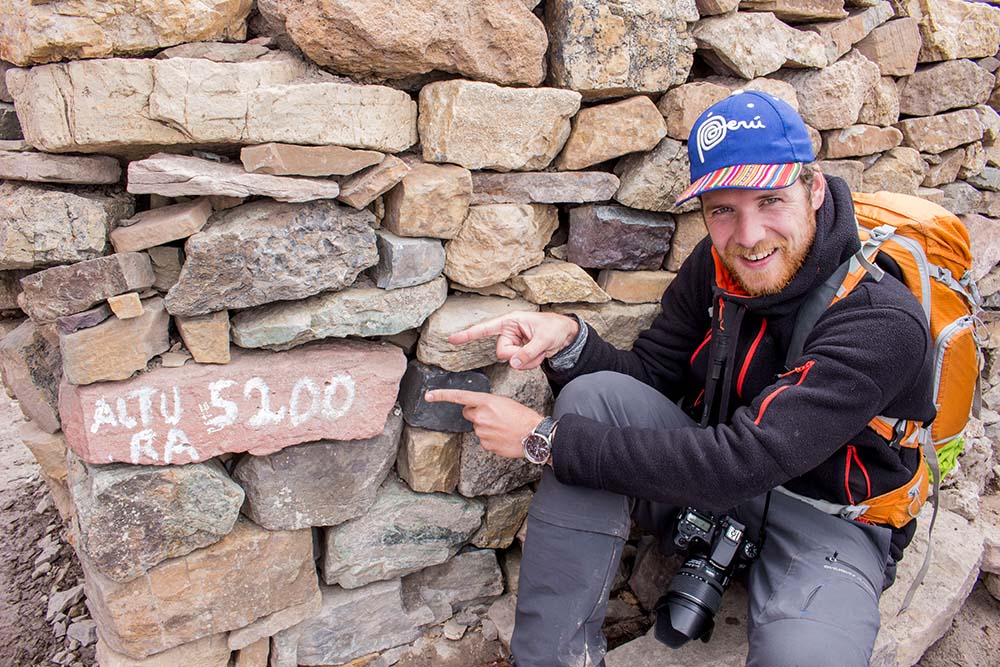
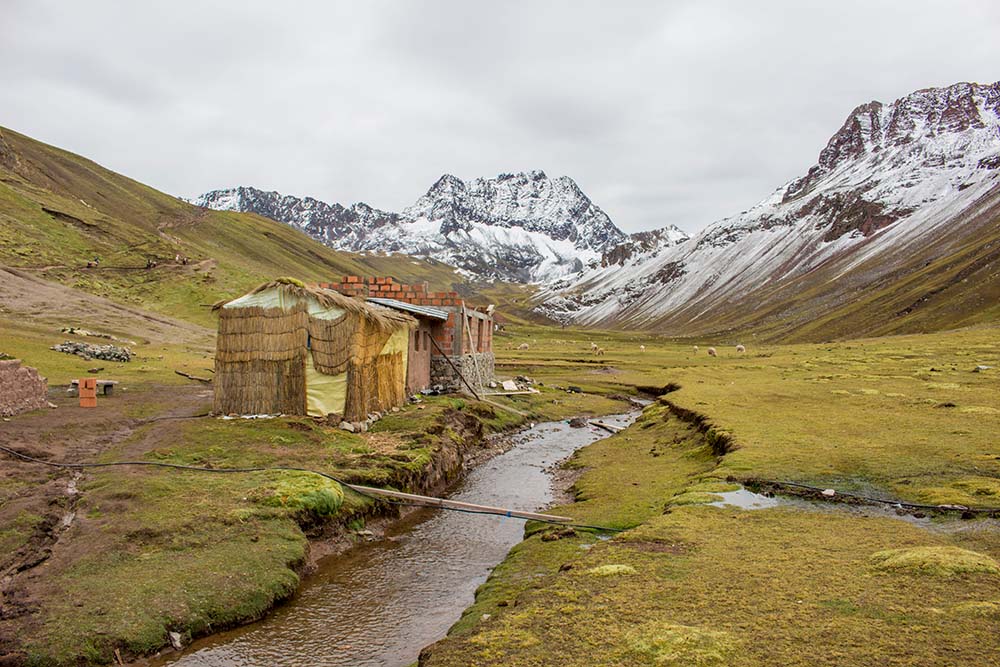
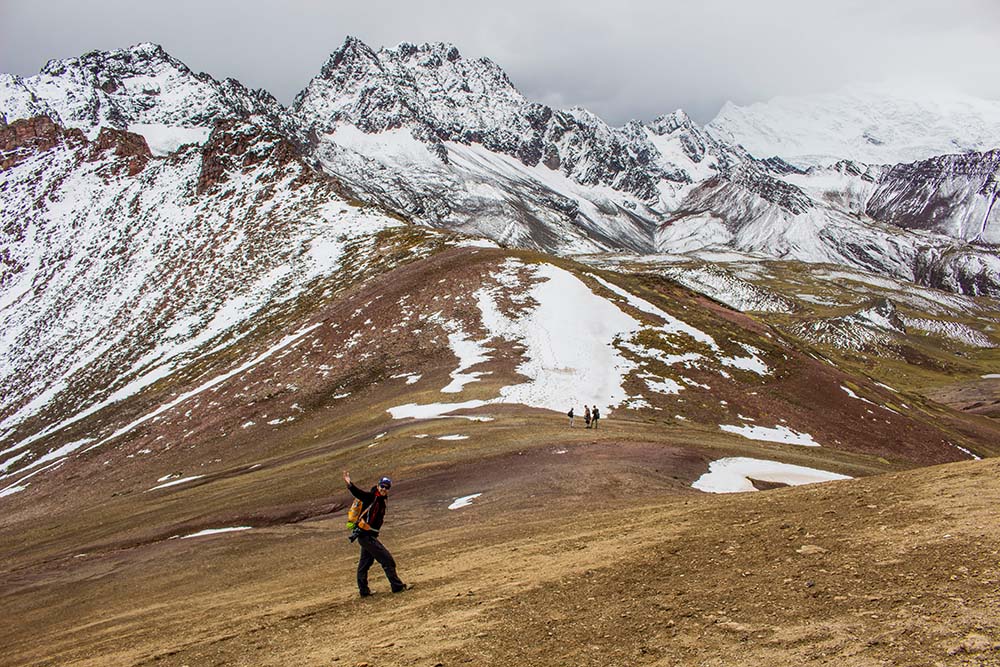
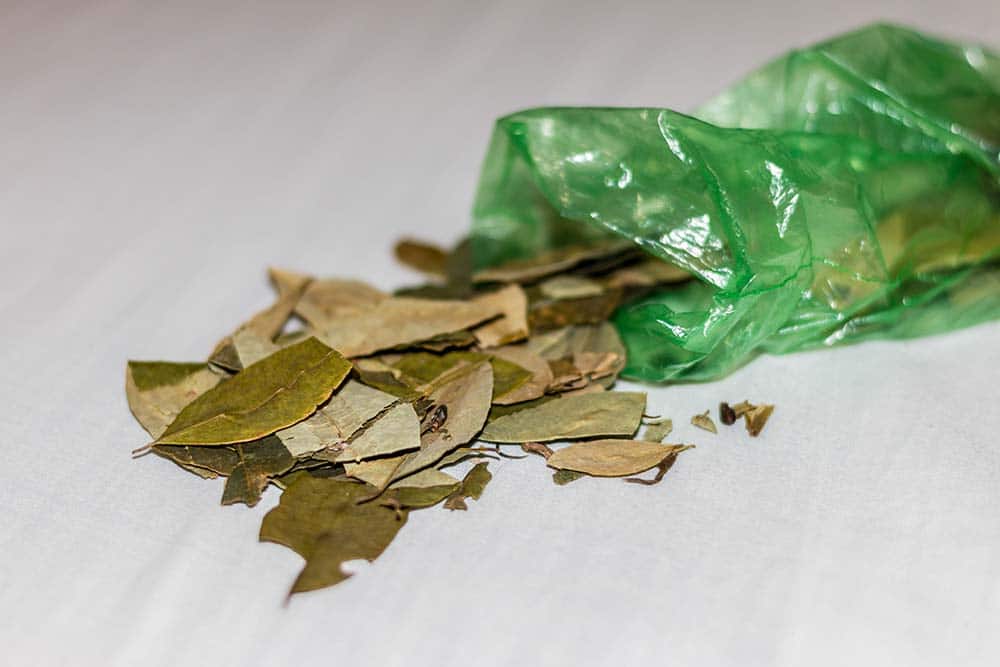

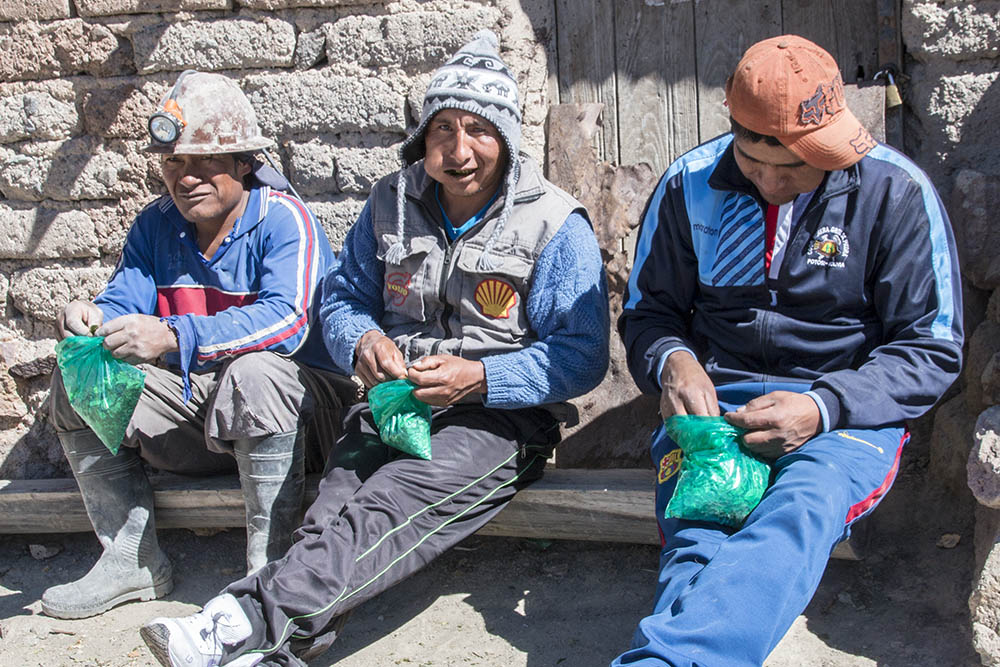
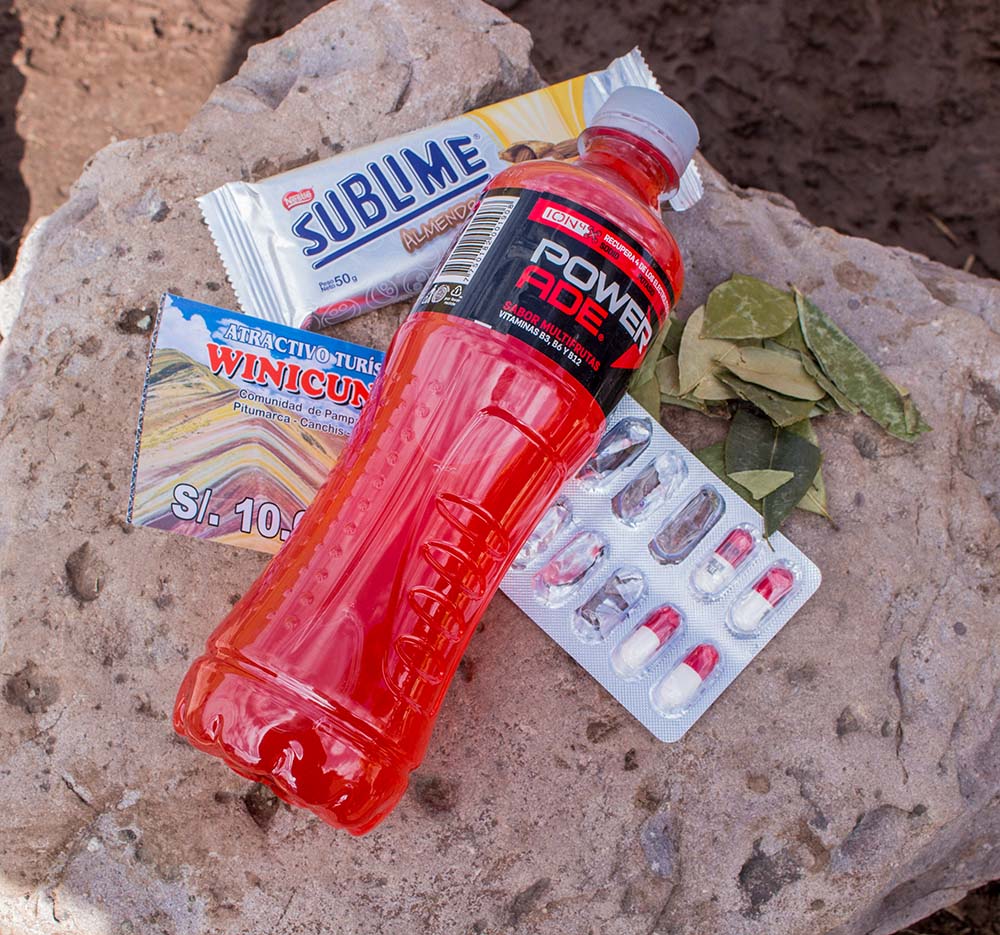
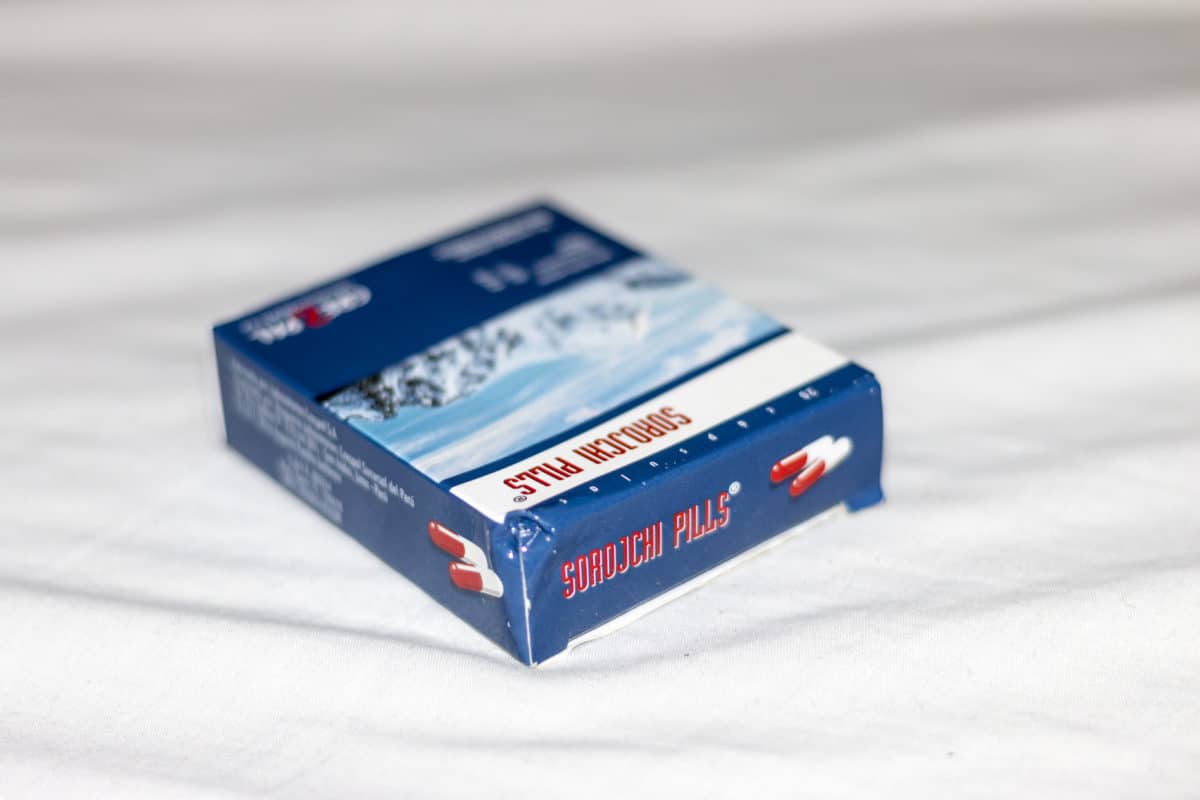

Great article – I love the information about the coca leaves! It seems as if it is almost like using pouch tobacco for the miners.
Hi Rosie, thanks for comment. The truth is that coca leaves are not so effective how the most people think.
Luckily, I have not had issues with high altitudes. Maybe it is because I do drink a lot of water? Still, it’s helpful to know about coca leaves and other options. Thanks for sharing on #TheWeeklyPostcard.
Hi Anisa, you are lucky person, I think the resistance is something that is genetically given 🙂 Each body is different and work differently, so be happy
Great tips! Most people don’t know that coca derivates are used as anesthetic in modern medicine, especially during dental procedures.
#TheWeeklyPostcard
Hi Sanda, thanks for information , neiter I dont know this, but I believe that cocoa leaves also have health effects.
Sometimes the person may not realise he’s having altitude sickness until it’s too late.
So having a guide is also important because they’re trained to identify when a person is having altitude sickness and advise what to do.
#TheWeeklyPostcard
Hi, yeaah, I think I relaised very well I had altitude sickness 😀 It was so bad, and so many cities are in high altitude, you just live in there, so there is not always possible to have a guide.
Great tips! I had experienced high altitude sickness once when I was travelling in Ladakh, India 8 years ago. My symptoms were mainly migraine and my heart was pumping fast while sleeping. Also I felt feverish at that time. I just took paracetamol to alleviate the symptoms. Your tips will definitely come in handy should I travel to Peru & Bolivia and perhaps, one day, Everest Base Camp 🙂 Cheers! #TheWeeklyPostcard
Hi Kat, thanks for your comment, we wrote those tips from our own experiences and experiences from other travellers we met. But I had really bad sympthoms, so I have tried everything what could help me 😀
Good tips! I didn’t know that chewing coca would help with altitude sickness and unfortunately gradual acclimatization is not always possible. I remember having altitude sickness when we went up to Jungfraujoch, in Switzerland, and hiked for about an hour. I thought I was going to choke. It wasn’t pleasant at all. #TheWeeklyPostcard
Hi Anda, yes, as you are saying the most important is for sure gradual acclimatization. If you hike really high without this, it could be very dangerous for your body. But you can also help with other tips we mentioned to avoid the sickness.
Some good tips! As you say I think gradual acclimatization is the key, although it can be hard when travelling around somewhere like Peru, I’ll never forget the dizzy spell I went through after flying in to Cusco from sea level. I couldn’t work out whether the coca tea actually worked or was just a good placebo, tasted nice though!
Hi Sam, I have a nearly same experience, from Nazca to Cusco by bus, I felt very dizzy, until the sorojchi pills helped me. But it was horrible experience, I hope it will never happen to me again 😀
I’ve heard so much about the altitude sickness, but all of my latest mountain hikes were “for beginners” lol, so I’ve never experienced it. Good to know all the tips, I´d try to be as prepared as I possibly could in this situation! Thanks for sharing, saved for the future! #TheWeeklyPostcard
Hi Anna, thanks for comment, next time you decide to travel high mountains, you can take some inspiration from our article to handle the altitude sickness 🙂
It’s exhausting to find educated folks on this subject, but you sound like you already know what you’re speaking about! Thanks